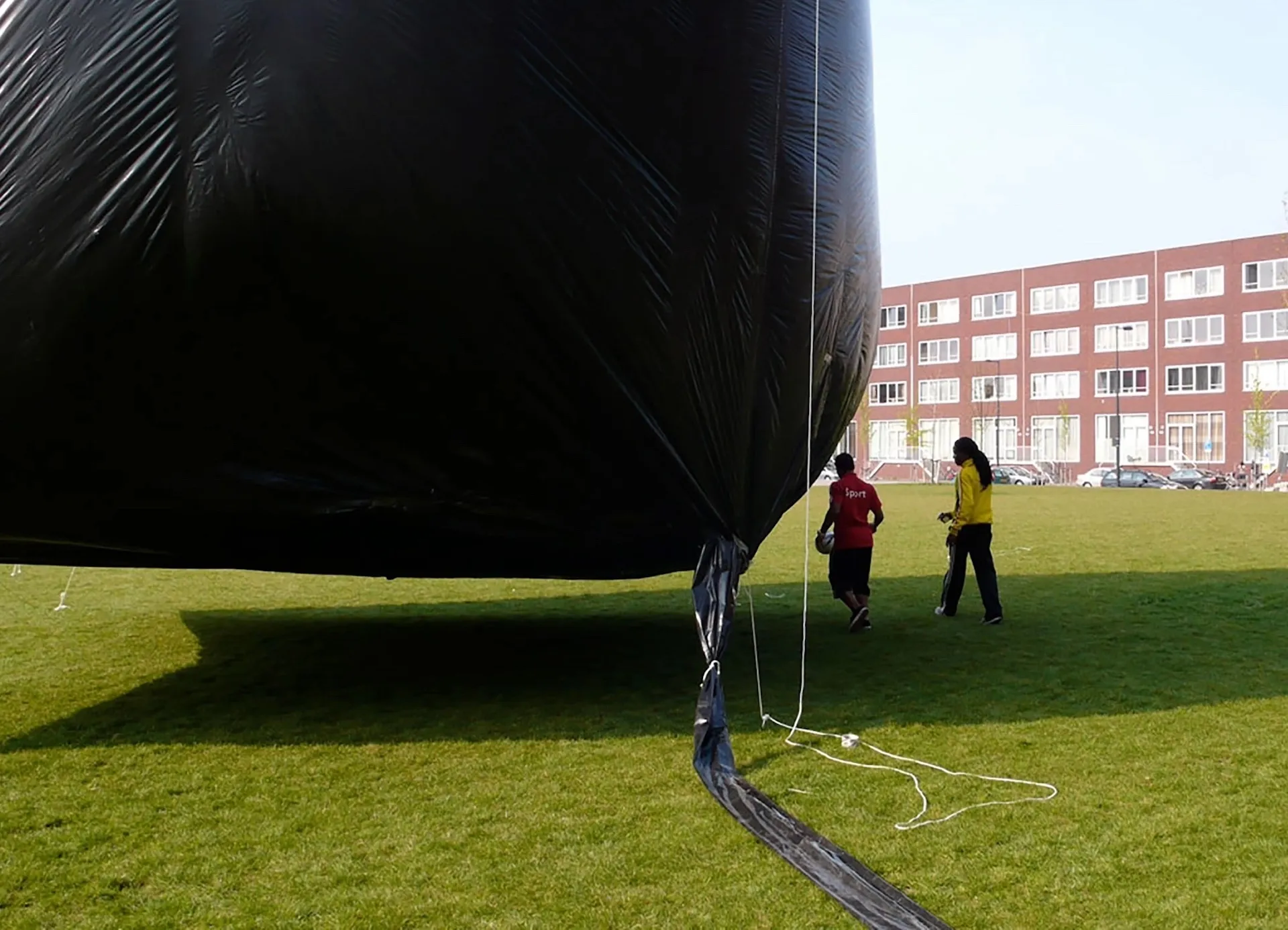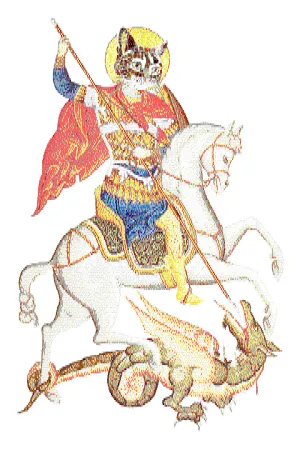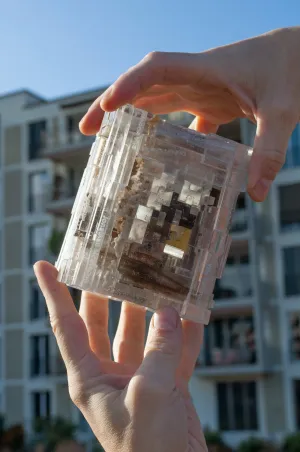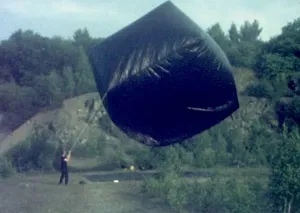
p l a y

EN / play, 2011.
Ed Pelsterpark 8, Ijburg, Amsterdam, NL
Intervention in public space
SD Video 2:22
A black cube with an edge-length of six meters, hovers in front of an exhibition space surrounded by social housing. But just before the opening, a horde of exuberant children gleefully tears it to pieces—a moment of raw energy, captured by a cameraman. As visitors, speakers, and participating artists arrive, they must navigate a battlefield of laughing children and shredded plastic debris to enter the exhibition. Inside, a heated debate ignites over the role of art in relation to social housing, marginalized urban areas, the real estate industry, and so-called urban renewal projects.
Within this charged context, the cube becomes a catalyst, laying bare the contradictions between art and gentrification.
DE / play, 2011.
Ed Pelsterpark 8, Ijburg, Amsterdam, NL
Intervention im öffentlichen Raum
SD Video 2:22
Ein schwarzer Würfel mit sechs Metern Kantenlänge schwebt vor einem Ausstellungsraum, umgeben von sozialem Wohnungsbau. Doch kurz vor der Eröffnung wird er von einer Horde johlender Kinder mit Begeisterung in Stücke gerissen – ein Moment purer Energie, der von einem Kameramann dokumentiert wird. Als die Besucher, Redner und teilnehmenden Künstler eintreffen, müssen sie sich ihren Weg durch ein Schlachtfeld aus lachenden Kindern und zerfetzten Plastikstücken bahnen, um die Ausstellung zu betreten. Drinnen entfacht sich eine hitzige Debatte über die Rolle der Kunst im Kontext von sozialem Wohnungsbau, urbanen Brennpunkten, der Immobilienwirtschaft und sogenannten städtischen Aufwertungsmaßnahmen.
In diesem Spannungsfeld wird der Würfel zum Katalysator, der die Widersprüche zwischen Kunst und Gentrifizierung offenlegt.




